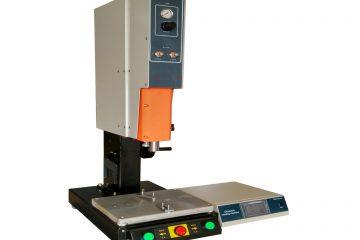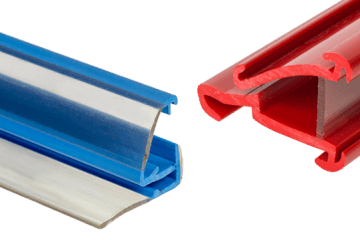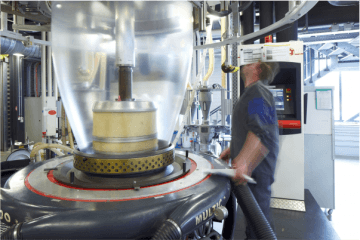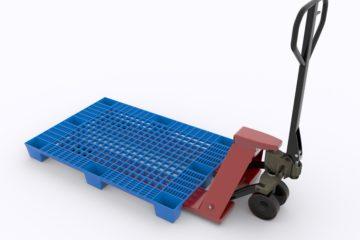Few things are as ubiquitous as the plastic bag. Full of utility, a plastic bag is not only an efficient way of carrying things around, but it also serves as an efficient and reusable storage device. However, few people really know the history of the plastic bag, even though it is so prevalent in our day to day lives, second in importance only to plastic injection moulding.
People generally take it for granted that the plastic bag has always been around. Understanding where a product comes from can help shed light on its future. So here is the history of the plastic bag summed up in some important dates.
1957 – The plastic bag makes its first appearance as a sandwich bag. Originally packaged on rolls, these plastic bags were are far cry from the lockable containers many people use today and were similar to produce bags. These forerunners still proved to be a practical means of protecting and transporting food.
1966 – The plastic bag went public in a big way when it was introduced at the grocery store as a produce bag. Those ever present rolls did some heavy lifting to ingratiate themselves in the public consciousness.
1969 – New York City, with other cities following its lead, begins to switch towards plastic bag lined garbage cans as a way of not only being more environmentally friendly, compared to metal cans, but also to improve cleanliness on the city’s sidewalks and back alleys.
1973 – Plastic bags of all shapes and sizes become industrialized. Mass production of the bags at a price far below competing materials allows them to penetrate almost every retail chain on the planet.
1974 – Large retail chains, such as Sears, J.C. Penny and Montgomery Ward, decide to switch over to plastic shopping bags instead of the previous standard brown paper bags. This trend starts the snowball effect towards the current widespread use of plastic bags in large chain stores.
1977 – Although the traditional brown paper bag is still offered as a choice, the infamous line of “paper or plastic” grows in grocery stores. The plastic grocery bag has arrived and people will soon become inundated with these handy plastic containers.
1990 – While the rise of plastic shopping bags is a triumph for product design utility, the sheer volume of bags is leading to increasing environmental concern. Therefore, grocery stores begin a collection service of plastic bags for recycling. This enables for continuous reuse of plastic resources that tie into the growing recycling movement that picked up steam in the latter half of the 20th century.
1992 – The plastic bag recycling program is so successful that over half of all U.S. grocery stores sponsor the program. This will eventually grow to the point that all grocery stores sponsor an in-house recycling service for plastic bags to minimize their environmental impact.
1996 – Perhaps the biggest milestone for plastic bags, over eighty percent of all grocery bags used in the U.S. are plastic. This clearly shows the dominance of plastic over paper bags in grocery stores.
Subscribe to Our Newsletter
Get the latest news from Dienamics into your inbox









































